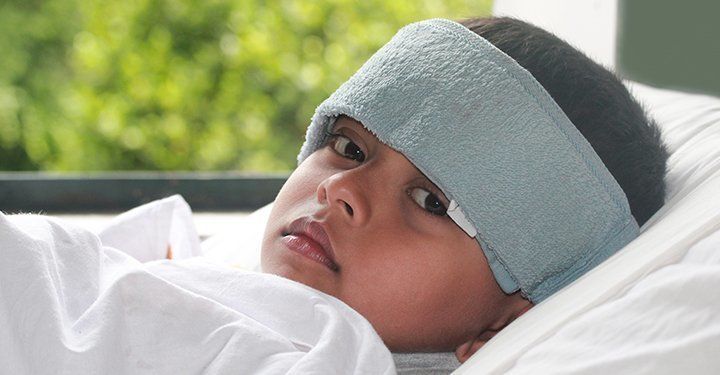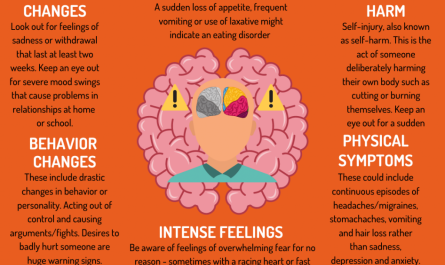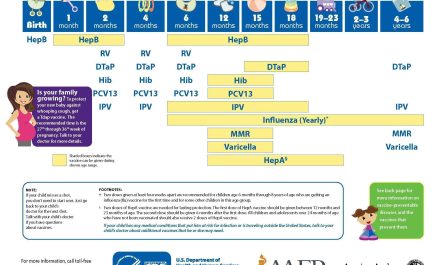Childhood is a crucial phase of life during which children are prone to various illnesses due to their developing immune systems. As parents or caregivers, it is essential to be aware of common childhood illnesses and learn how to handle them appropriately. This article will discuss some of the most prevalent childhood illnesses and provide guidance on managing them.
1. Common Cold
A common cold is a viral infection that affects the upper respiratory system. Symptoms include a runny or stuffy nose, cough, sore throat, and mild fever. To handle a common cold:
Encourage your child to rest and drink plenty of fluids.
Use saline nasal drops to relieve congestion.
Provide over-the-counter pain relievers suitable for children, as directed by a pediatrician.
Ensure a clean environment and encourage proper hand hygiene.
2. Influenza (Flu)
Influenza, commonly known as the flu, is an infectious disease caused by the influenza virus. Symptoms include high fever, muscle aches, fatigue, headache, and respiratory discomfort. To handle the flu:
Ensure your child gets plenty of rest.
Offer fluids frequently to prevent dehydration.
Consult a pediatrician for antiviral medications if recommended.
Use over-the-counter fever reducers to manage high fever, as advised by a healthcare professional.
3. Gastroenteritis (Stomach Bug)
Gastroenteritis, commonly referred to as a stomach bug, is inflammation of the gastrointestinal tract caused by viral or bacterial infections. Symptoms include diarrhea, vomiting, abdominal pain, and fever. To handle gastroenteritis:
Ensure your child stays hydrated by offering small sips of clear fluids frequently.
Avoid solid foods until vomiting stops, and then introduce bland, easily digestible foods gradually.
Use oral rehydration solutions to replenish electrolytes lost through diarrhea and vomiting.
Contact a healthcare professional if symptoms worsen or persist.
4. Hand, Foot, and Mouth Disease
Hand, Foot, and Mouth Disease (HFMD) is a viral illness common in young children. It causes sores or blisters on the hands, feet, and inside the mouth. Other symptoms include fever, sore throat, and a rash. To handle HFMD:
Maintain good hygiene practices, including frequent handwashing.
Encourage your child to drink plenty of fluids.
Offer soft, cold foods to soothe mouth sores.
Use over-the-counter pain relievers suitable for children to alleviate fever and discomfort, as directed by a pediatrician.
5. Chickenpox
Chickenpox is a very contagious viral infection characterized by itchy red spots or blisters all over the body. It is caused by the varicella-zoster virus. To handle chickenpox:
Trim your child’s nails to prevent scratching and infection.
Ensure your child gets plenty of rest.
Apply calamine lotion or use over-the-counter antihistamines to relieve itching, as advised by a healthcare professional.
Consult a pediatrician for antiviral medications if necessary.
Conclusion
Childhood illnesses are a common occurrence, but with the right knowledge and proper care, they can be managed effectively. Understanding the symptoms and appropriate handling techniques is vital for parents and caregivers. By following the guidance provided for common childhood illnesses, you can help your child recover swiftly and ensure their well-being.




